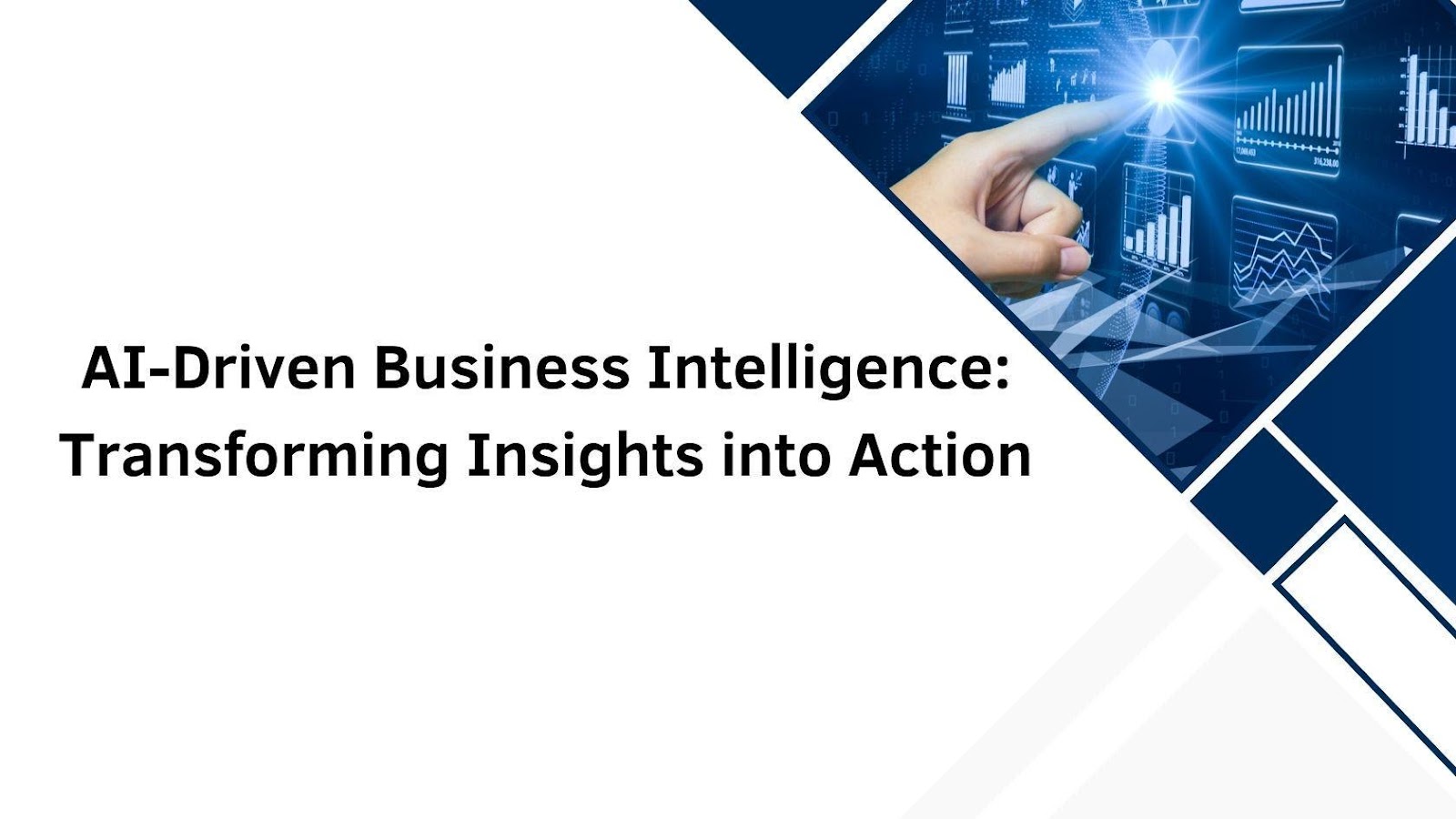In an era where data-driven decision-making is paramount, the integration of Artificial Intelligence (AI) with Business Intelligence (BI) is reshaping how organizations analyze and act upon information. Dattatreya Raychowdhuri explores this transformation in his research, highlighting how AI-driven BI systems enhance automation, real-time analysis, and predictive insights. His work offers a glimpse into the future of enterprise analytics, where intelligent systems replace traditional static reports with proactive, adaptive insights.
Overcoming Traditional BI Limitations
Conventional BI systems, while foundational in enterprise analytics, struggle to keep pace with modern business dynamics. Data inconsistencies, integration complexities, and sluggish manual analysis hinder organizations from unlocking their full potential. Moreover, conventional dashboards often demand extensive user navigation, delaying critical decisions. AI-driven BI solutions address these challenges by automating exception management, root cause analysis, and personalized insight delivery, ensuring organizations stay agile in a data-driven landscape.
The AI-Powered BI Framework
A key innovation in AI-enhanced BI lies in its architecture. The framework consists of four primary components: a continuous monitoring engine, automated root cause analysis, a personalization layer, and an intelligent notification system. These elements work together to process vast volumes of structured and unstructured data, proactively identifying patterns and anomalies. Through real-time processing, organizations gain immediate visibility into critical business metrics without the need for manual intervention.
Intelligent Monitoring for Proactive Insights
Unlike traditional BI tools that provide static reports, AI-driven BI systems continuously monitor data streams, ensuring anomalies are detected in real-time. The monitoring engine seamlessly integrates with diverse data sources, including operational databases, data lakes, and cloud-based systems. This ensures scalability while maintaining accuracy. AI models analyze business trends dynamically, enabling organizations to respond to market fluctuations with unparalleled speed and precision.
Automating Root Cause Analysis
Identifying the cause of anomalies within complex business environments can be labor-intensive. AI-enhanced BI simplifies this by employing machine learning algorithms to diagnose root causes instantaneously. By analyzing historical and real-time data simultaneously, these systems provide context-aware insights that help businesses make informed decisions without the need for extensive human intervention. This automation drastically reduces downtime and enhances operational efficiency.
Personalization and Context-Aware Notifications
AI-powered BI excels in delivering personalized insights by leveraging machine learning to understand user roles, behaviors, and preferences. This ensures that notifications are context-aware, relevant, and actionable. AI-driven recommendations help users uncover critical insights they might miss, improving productivity and strategic decision-making. By tailoring information to individual needs, AI enhances the efficiency of business intelligence, making data-driven decisions more intuitive and impactful.
AI in Predictive and Prescriptive Analytics
Predictive analytics has long been a goal in BI, but AI takes it a step further by enabling prescriptive analytics. By leveraging deep learning models and natural language processing, AI-enhanced BI systems forecast future business trends and provide actionable recommendations. This transition from descriptive to prescriptive analytics empowers businesses to anticipate challenges and proactively address potential disruptions.
Tackling Privacy, Scalability, and Integration Challenges
As AI-powered BI systems grow in adoption, organizations must navigate challenges related to data privacy, scalability, and integration. Ensuring robust security frameworks, such as role-based access controls, is crucial to protecting sensitive business data. Additionally, cloud-native architectures and microservices enable seamless scalability, allowing businesses to expand their BI capabilities without performance bottlenecks. Flexible API-driven integrations ensure that AI-powered BI can be seamlessly embedded into existing enterprise systems, preserving continuity while enhancing analytical capabilities.
The Future of AI-Driven BI
The trajectory of AI-enhanced BI is set to revolutionize enterprise analytics further. Future developments will see increased adoption of augmented reality for immersive data visualization, real-time simulation models for scenario planning, and voice-enabled natural language processing for enhanced accessibility. As AI continues to evolve, BI systems will transition from analytical tools to intelligent business partners, driving efficiency and innovation across industries.
In conclusion, Dattatreya Raychowdhuri’s insights into AI-driven BI highlight a fundamental transformation in how businesses harness data. By adopting intelligent automation, organizations can elevate their BI ecosystems into dynamic, insight-driven platforms that not only provide information but also predict trends and prescribe actionable strategies. This shift represents a crucial step toward a more agile and data-driven future.



































